How are bracelets measured
How are bracelets measured? Measuring bracelets is an essential aspect of jewelry making and purchasing, ensuring a comfortable and proper fit for the wearer. The process of measuring involves several steps and considerations, from determining wrist size to accounting for the style and material of the bracelet. This comprehensive guide will delve into the intricacies of bracelet measurement, providing insights into techniques, tools, and tips for achieving the perfect fit.
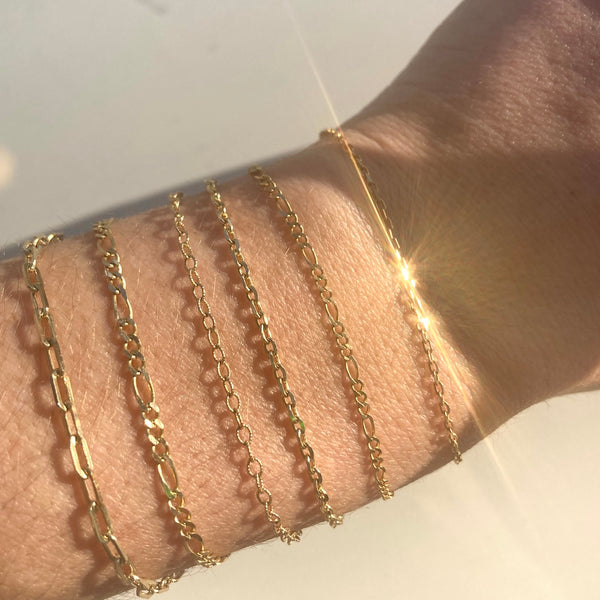
Understanding Wrist Measurements
The foundation of a well-fitting bracelet lies in accurately measuring the wrist. This initial step requires precision and understanding of how different bracelet styles may require different sizing approaches.
-
Tools for Measuring:
- A flexible measuring tape is the most common tool used for measuring wrists. In its absence, a piece of string or ribbon and a ruler can suffice.
-
Measuring Technique:
- Wrap the measuring tape around the wrist at the narrowest point, just above the wrist bone. The tape should be snug but not tight, allowing enough room for comfort. If using a string, mark the overlap point, then lay the string flat against a ruler to measure the length.
-
Recording Measurements:
- It’s advisable to note down the measurement in both inches and centimeters, as different regions and bracelet manufacturers may use either unit of measurement.
Adjusting for Bracelet Types and Materials
Different types of bracelets require adjustments to the base wrist measurement to achieve the desired fit.
-
Bangle Bracelets:
- Bangles usually need a larger size to slide over the widest part of the hand. To measure for bangles, close your fingers together and bring your thumb to your little finger, mimicking the action of putting on a bangle. Measure around the hand’s widest part, which will provide the necessary size for a bangle to fit comfortably.
-
Chain and Link Bracelets:
- For chain and link bracelets, adding half an inch to one inch (1.27 cm to 2.54 cm) to your wrist measurement will allow for a comfortable fit that’s not too tight or too loose.
-
Cuff Bracelets:
- Cuff bracelets should be slightly adjustable, fitting snugly on the wrist without discomfort. A general rule is to add 0.5 inches (1.27 cm) to your wrist measurement for a good starting point.
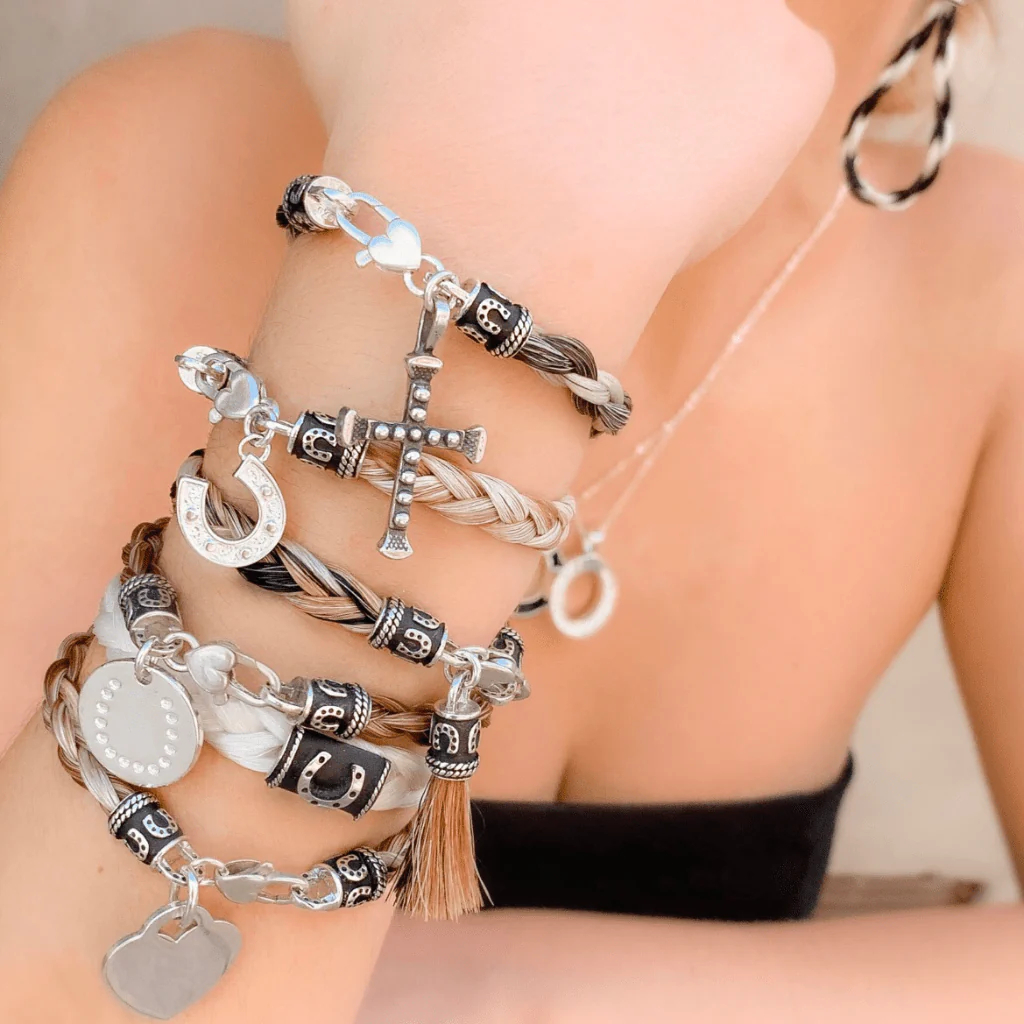
-
Beaded and Stretch Bracelets:
- These bracelets should closely match the wrist measurement since they are designed to stretch or are strung with a slight give. Adding 0.25 inches (0.64 cm) to 0.5 inches (1.27 cm) will usually suffice.
Special Considerations
-
Children’s Bracelets:
- When measuring for children’s bracelets, it’s crucial to allow for growth. Adding 0.5 inches (1.27 cm) to 1 inch (2.54 cm) depending on the child’s age will ensure the bracelet remains wearable as they grow.
-
Gifts and Surprises:
- If the bracelet is a gift and you cannot measure the recipient’s wrist, using average sizes can be a safe bet. For women, a bracelet size of 7 inches (17.78 cm) is considered standard, while for men, 8 inches (20.32 cm) is typical.
Tips for a Perfect Fit
-
Consider the Clasp:
- The type of clasp can affect the fit of a bracelet. For bracelets with large clasps, a little extra length may be necessary to account for the space the clasp takes up.
-
Account for Width:
- Wider bracelets take up more space on the wrist, potentially requiring a larger size for comfort compared to thin bracelets.
-
Check for Adjustability:
- Some bracelets come with adjustable features, such as extra links or adjustable cords, offering flexibility in fit.
-
Professional Sizing:
- When in doubt, consulting with a professional jeweler can provide the most accurate measurement and advice on sizing, especially for expensive or custom-made pieces.
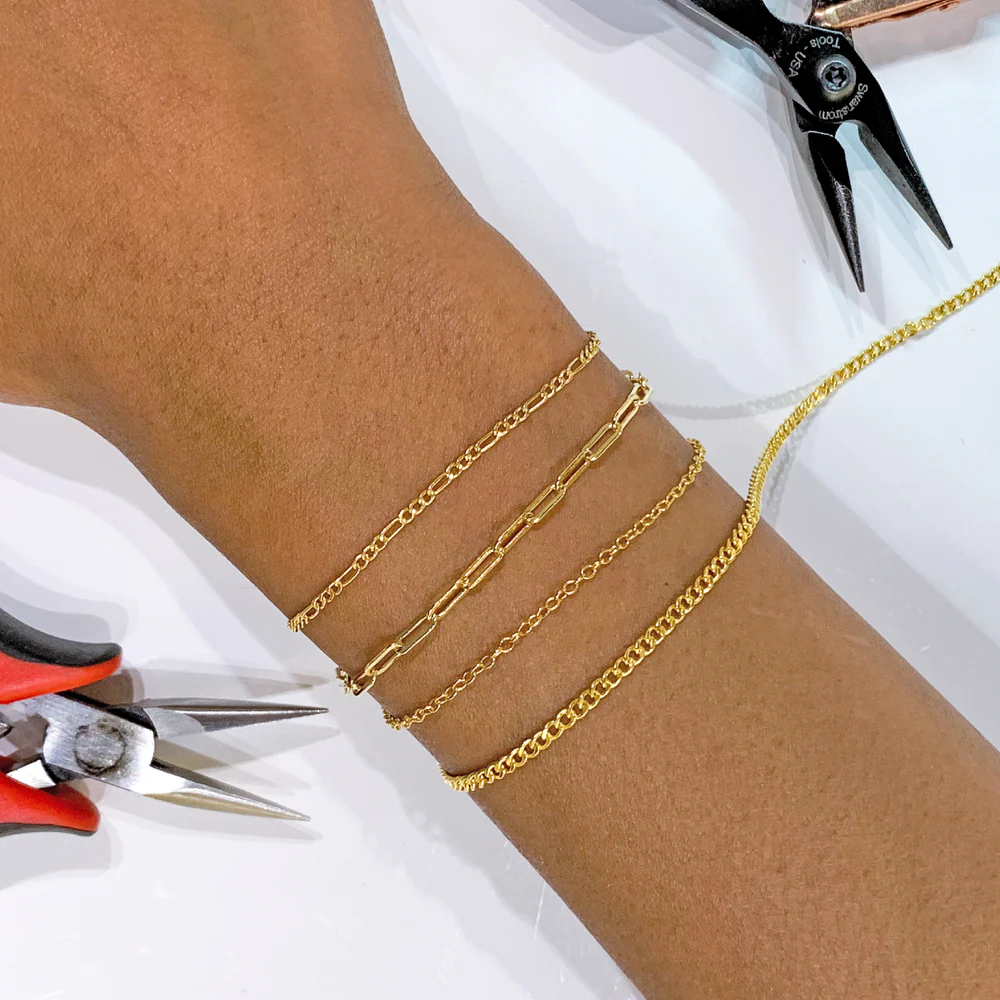
How to match bracelets with clothes
Pairing bracelets with your outfit is an art form that adds a layer of sophistication and personal touch to your overall look. Bracelets, ranging from delicate chains to bold bangles, can elevate your style when matched correctly with your attire.
Understanding the Basics of Accessorizing with Bracelets
Before diving into specific pairing recommendations, it’s essential to grasp some foundational principles of accessorizing with bracelets:
- Balance and Proportion: The key to successful accessorizing is maintaining balance and proportion. Your bracelet choice should harmonize with your outfit’s scale and not overwhelm it.
- Color Coordination: Pay attention to the color scheme of your outfit and choose bracelets that either complement or thoughtfully contrast these hues.
- Style Consistency: Ensure that the style of your bracelet aligns with the overall vibe of your outfit, whether it’s casual, formal, bohemian, or avant-garde.
- Mixing and Matching: Don’t be afraid to mix and match different bracelet styles for a layered look, but do so with intention to avoid a cluttered appearance.
Pairing Bracelets with Various Outfit Types
Casual Wear
For everyday outfits like jeans and a t-shirt, consider adding a stack of mixed-material bracelets (leather, metal, and beads) for a laid-back yet stylish look. The key is subtlety; opt for pieces that add a pop of color or texture without overpowering your casual attire.
- Tip: A single, chunky leather bracelet can also make a strong statement when paired with simple casual wear, offering a rugged yet refined edge.
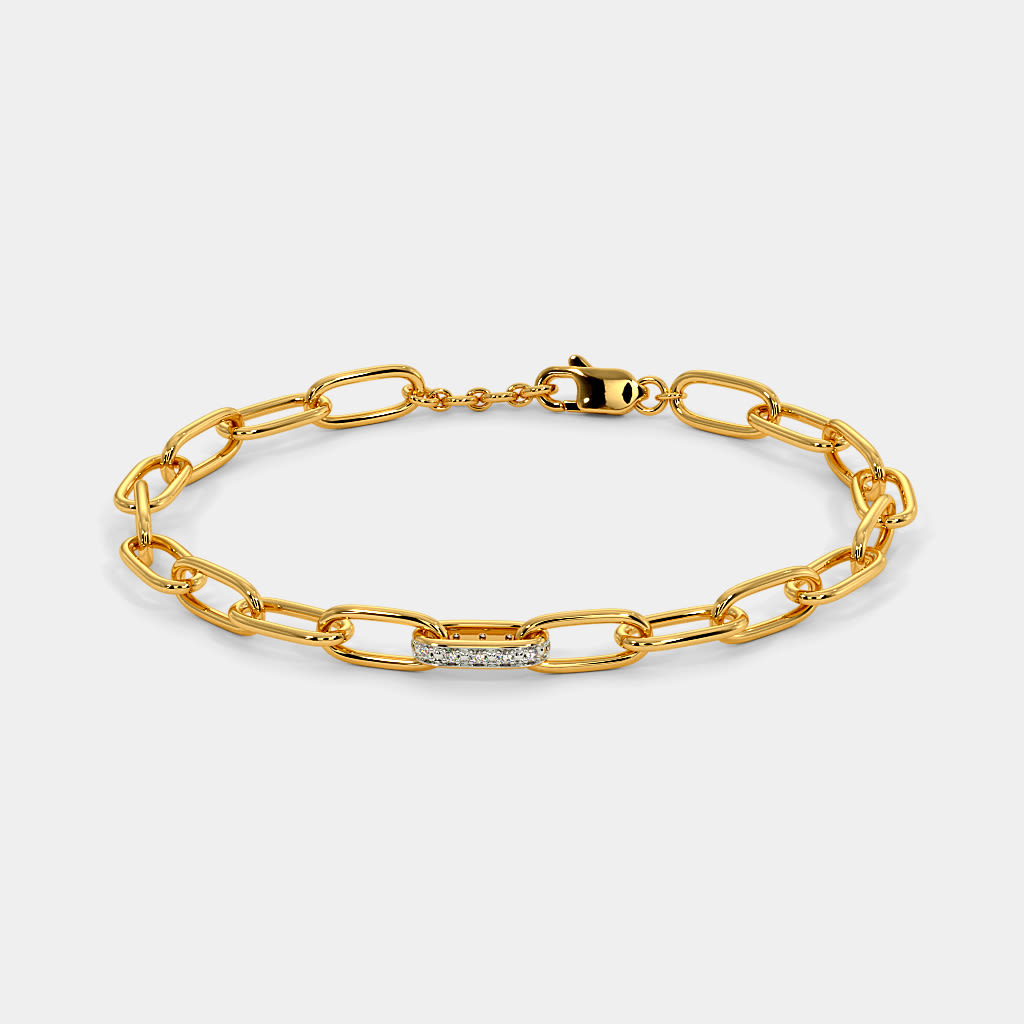
Office Attire
When dressing for the workplace, especially in more conservative environments, choose elegant and understated bracelets. A slim gold or silver cuff, a delicate chain bracelet with minimal embellishments, or a sophisticated watch-bracelet combo can enhance your professional attire without causing distraction.
- Tip: If your workplace allows for more creative expression, a carefully curated stack of thin bangles can add personality to your outfit without compromising professionalism.
Evening and Formal Events
Elevate your evening wear or formal dresses with statement bracelets or luxurious materials. Think diamonds, pearls, or high-quality metals. For gowns or outfits with intricate details or heavy embellishments, a single statement bracelet can serve as the perfect accent piece.
- Tip: When wearing long sleeves that cover the wrist, consider an over-the-cuff bracelet for an unexpected and glamorous touch.
Bohemian and Festival Styles
Bohemian outfits, characterized by their free-spirited and eclectic nature, pair wonderfully with layered bracelets. Mix textures and materials like wood, beads, metals, and fabrics, playing with colors and patterns that reflect the boho aesthetic.
- Tip: For festival looks, incorporate vibrant and playful pieces, including charm bracelets or those with tassels and pompoms, to embrace the fun and energetic vibe.
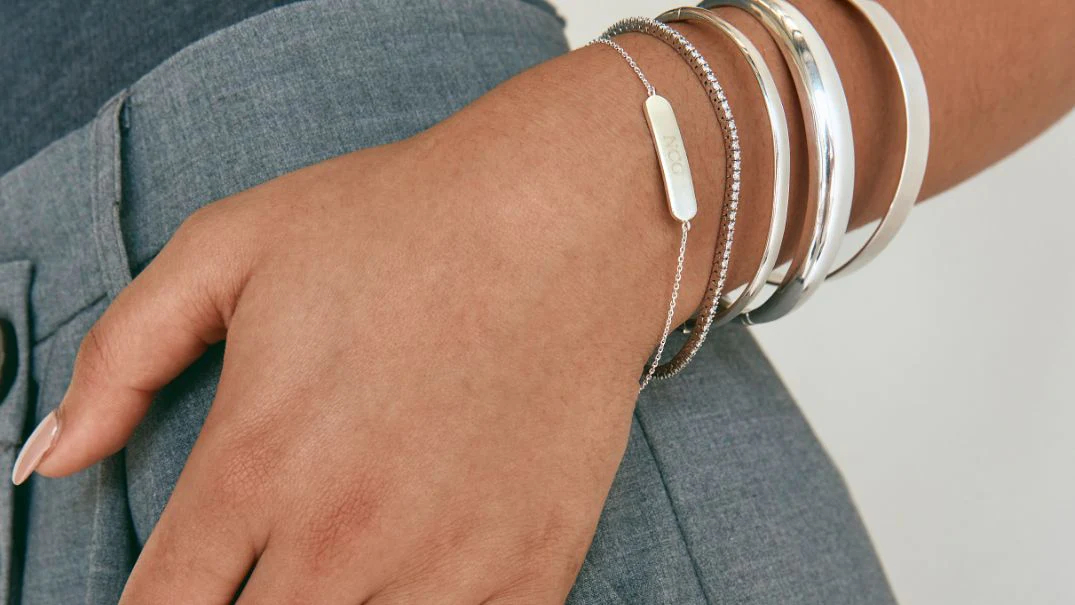
Conclusion
Measuring for bracelets involves more than just determining wrist size; it requires an understanding of the nuances of different bracelet styles, materials, and personal preferences for fit. By carefully considering these factors and employing precise measurement techniques, individuals can ensure their bracelets not only fit comfortably but also complement their style and enhance their overall jewelry-wearing experience. Whether you’re a jewelry maker, a buyer, or simply looking to size a bracelet as a special gift, the key to success lies in attention to detail and an appreciation for the art of measurement.